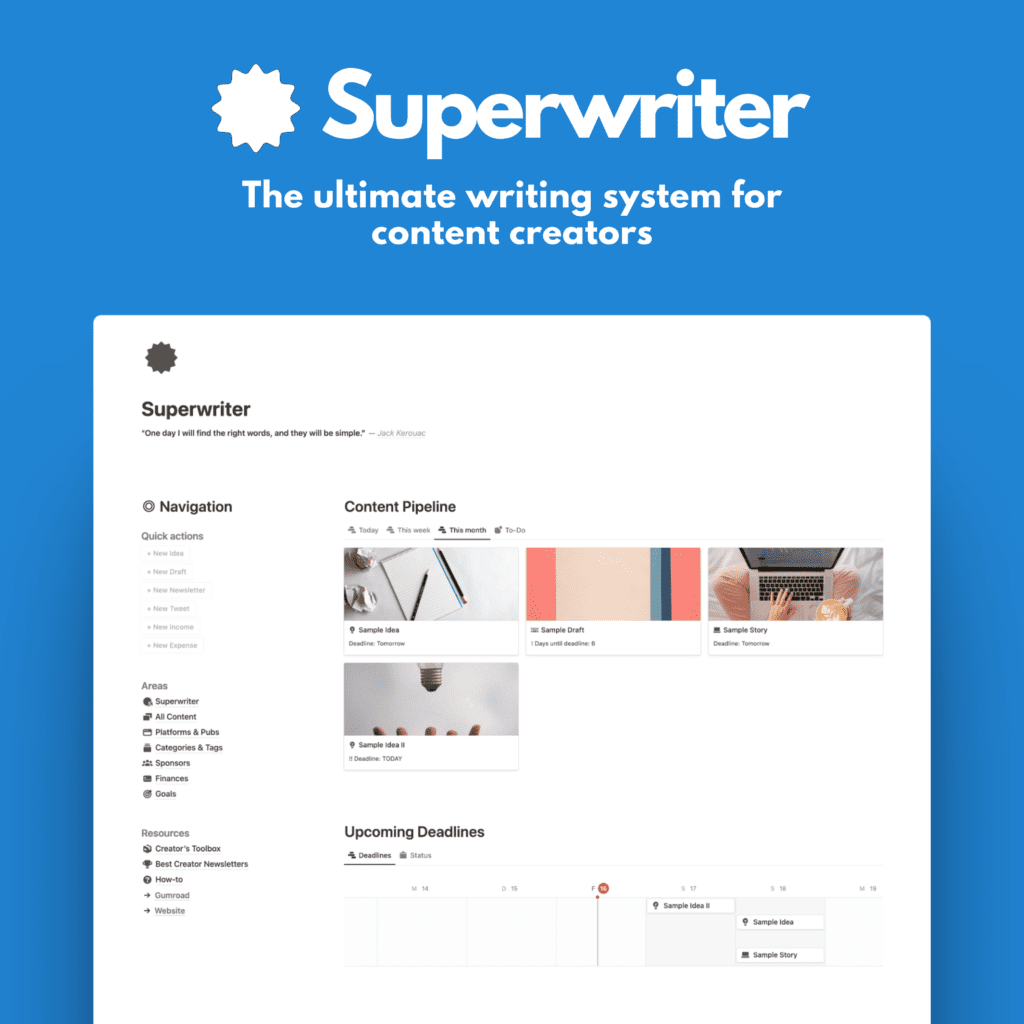We’ve all been there – publishing content that seemed promising but ended up tanking, with dismal views, engagement, and external reach.
As time goes by, you might find yourself staring at a long list of these underperforming posts, stories, or articles.
The question arises: what should you do with this stagnant content in 2024?
Should you simply hit the delete button and move on?
Here’s the thing
While decluttering your online portfolio by removing unsuccessful pieces might seem like a sensible solution, it’s essential to weigh the pros and cons carefully.
Pros
- On the one hand, deleting low-performing content can streamline your profile, allowing you to showcase your best work and maintain a polished, curated collection.
- Additionally, removing underperforming content gives you the option to repurpose or republish it in the future, when it might have a better chance of resonating with your audience.
Cons
However, deleting content also comes with risks.
- Broken links are a common consequence, as you might have shared or referenced those underperforming pieces in other content. These broken links can negatively impact user experience and search engine optimization (SEO).
- Furthermore, old content has the potential to gain traction unexpectedly, even months or years after its initial publication. A piece that once struggled to find an audience might suddenly resonate with readers, thanks to shifts in trends, interests, or algorithms.
So what now?
Consider adopting a strategic approach 2024.
Instead of outright deletion, you could archive underperforming content or move it to a less visible section of your website or blog.
This way, you maintain the integrity of your links while giving yourself the flexibility to revisit and republish the content when the time is right.
Secondly, you could update poorly-performing stories with either a fresh take, a new outlook, or simply a smart rewrite. AI tools can help here quite a bit.
Deleting should only be the last resort.
The bottom line
Ultimately, the decision to keep or delete underperforming content hinges on your goals, audience, and content strategy.
In my mind, a catalog of your content should represent everything you have written. It will help you see your progress, and it will also show what content works and what doesn’t. That’s a pretty valuable statistic.








